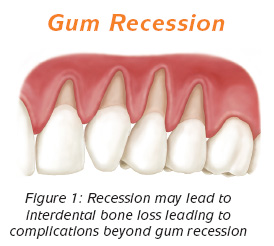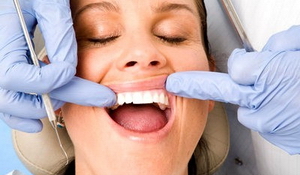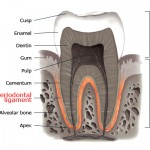If you have or want to get your tongue pierced, it is important to receive proper care to avoid infection and gum recession. Gum recession, or periodontitis, is a very common problem with tongue piercings due to the jewelry rubbing against the gums. This can eventually lead to exposed roots, which cause much pain and, eventually, loss of teeth.
When considering lip piercing, you should be aware of the risks that you may encounter while wearing lip ring. To avoid the most common risks of a lip ring piercing, book an appointment with a professional piercer to discuss your desire to get one. Ask about the healing process, and how you can avoid damage to your teeth and gums while wearing a lip ring. Continue reading →





